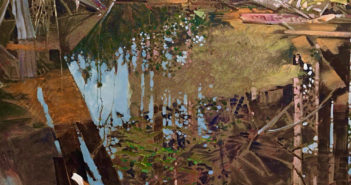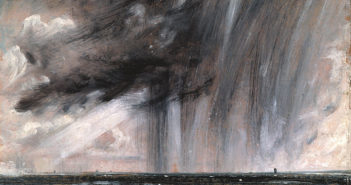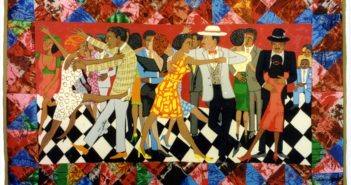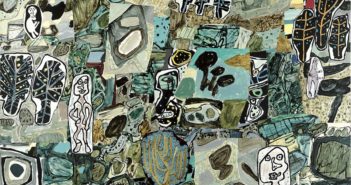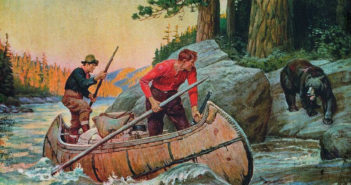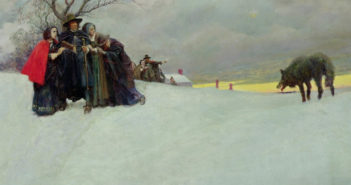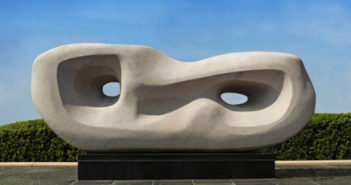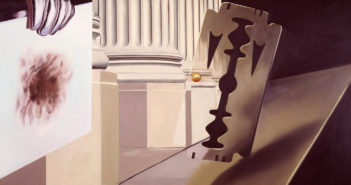
Light and shade
Just below where we live in Crescent Beach, B. C., there’s a fine public marina. I’ve been wandering down there for years. Some of the locals occasionally drop by to see what I’m up to. One day an unknown passerby paused to ask me if this were my day off work.

